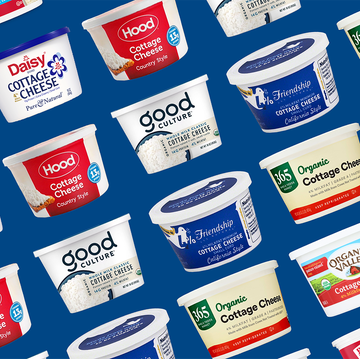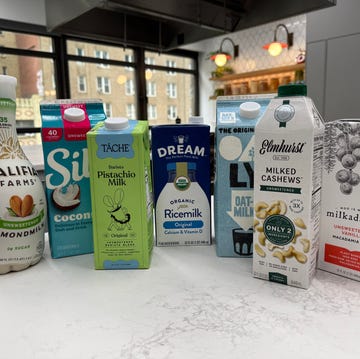As a kid, one of my favorite things to eat was a saltine cracker topped with salted butter and a canned sardine smushed into it. It was salty, fishy, and filling. I also snacked on canned oysters, mussels, mackerel, and anchovies. I didn’t mind the fish bones or the smell. I didn’t care that it came in an aluminum can. And the fact that the fish were so packed in the container that it was hard to differentiate one from the next didn’t bother me. But I recognized that I was very much alone in liking these. My father was the one who got me into canned fish, but not many other people around me shared my love of the slightly stinky, briny flavors that come with them.
Apart from tuna, Americans do not love canned fish like the Spaniards and Portuguese do. It’s very much a part of their culture, and there are even entire restaurants, known as conservas, that are dedicated to serving canned fish on bread with wine and greens. It’s a casual, simple, and delicious meal, yet still seen as a bit of a delicacy because the best seafood—including sardines, octopus, sea urchin roe, cockles, squid, and anchovies—is packed in high-quality oil to retain the freshness. But in the U.S., canned seafood isn't held in such high regard.
Americans didn't always see it this way though. According to the Washington Post, from 1950 to 2000, tuna was the most popular seafood in U.S. homes, most of which was canned. In 1983, eighty-five percent of American households had a can of tuna in the cupboard. But by the new millennium, people slowly swam away from fish because of concerns over mercury and overfishing. And the cost of a can of tuna went up, losing one of the main reasons why people reached for it in the first place.
But since the onset of the pandemic, canned fish has found its way back into the kitchens of many, myself included. After all, there’s no quicker lunch in between Zoom meetings than a can of tuna, mayo, and salt and pepper spread on some toast. And canned fish is especially well-suited to the work-from-home era, since you can enjoy it without the judgment of co-workers turning up their noses at the aroma. In the last few years, we’ve also seen companies like Fishwife and Scout rebrand canned fish into something trendy and very millennial. With colorful graphics on the packaging of smoked salmon, rainbow trout, albacore tuna, and of course, sardines, it’s hard not to buy it just for the label. For the true aficionados, there’s even a reddit thread and an online museum dedicated to the food.
In 2020, the canned seafood market was valued at $19.8 billion. By 2026, it is expected to reach $24.5 billion, according to this report. Plus if you like the taste, arguably the biggest hurdle to get over, canned fish is pretty good for you and the environment. Canned fish is high in protein and omega-3 fatty acids, sardines and anchovies are low in mercury, calamari is one of the most sustainable fish to harvest, and canned products take less energy to transport.
And if you can’t get past the taste, or the texture, or the fact that you’re eating fish bones, or the smell, or whatever other problem you think you might have with the food, you just haven’t tried the right canned fish yet. Head to the canned fish aisle and explore a little. Pick the slightly more expensive can of sardines, or try the oysters (I promise, they are so good!). Rub a garlic clove on a piece of toast, drizzle on some olive oil, fork up the fish, and spread it on the bread with a little salt and pepper. Then, forget for just a second that what you are about to put into your mouth made its way from the ocean to a can to your kitchen, and take a bite. It’ll soon be your new go-to lunch.














